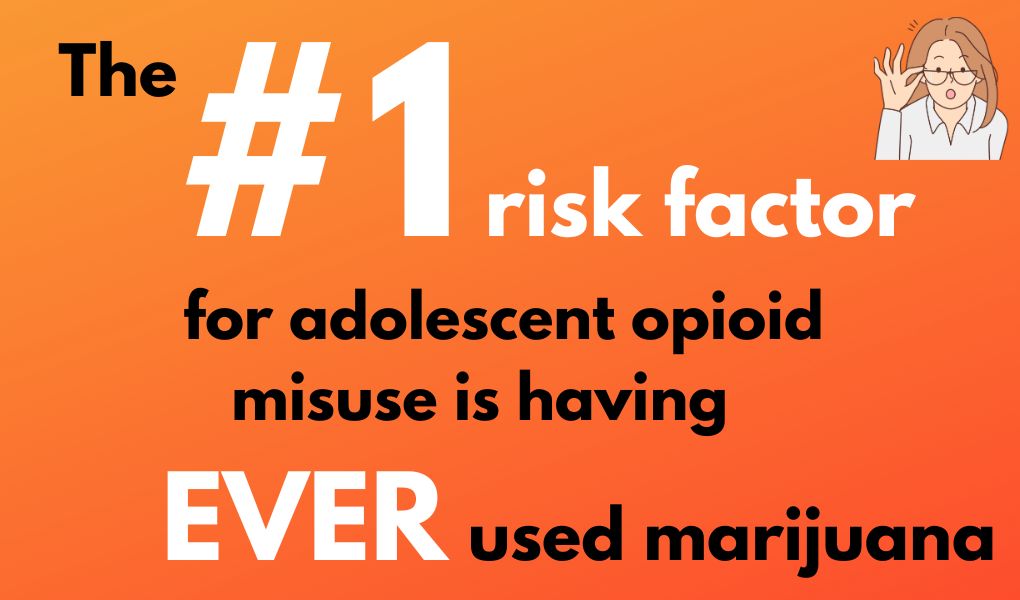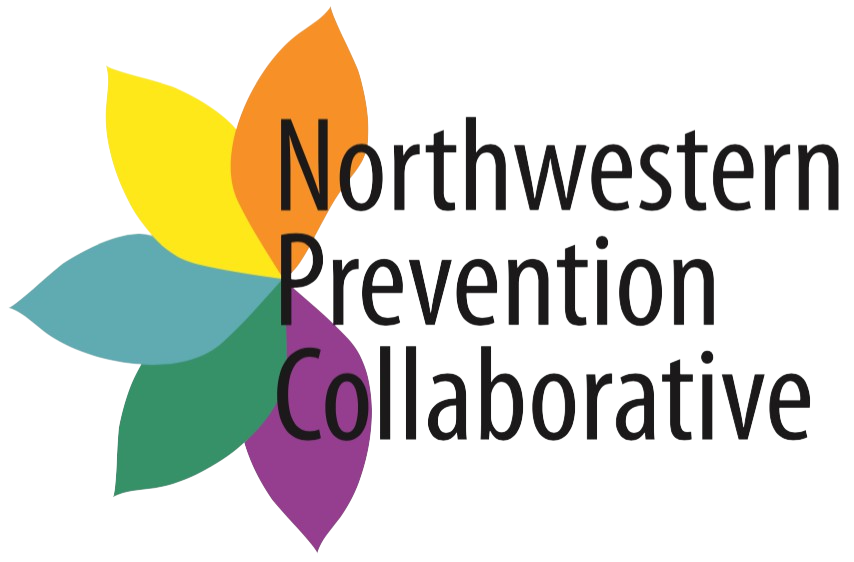While at the Rx and Illicit Drug Summit this past April, we had the opportunity to hear a session that included Kenneth Finn, MD, the Co-Vice President of the International Academy on the Science of Impacts of Cannabis. He also published Cannabis in Medicine: An Evidence-Based Approach. His information of the connection between cannabis and opioids surprised us. In this article, we will share some of what he said at the conference and look at a few of the resources he cited.
Cannabis and Pain
Based in Colorado, Dr. Finn has been on the frontlines of both medical and recreational marijuana use. Most people who use medical marijuana do so due to pain. However, Dr. Finn noted that while having as little as 5ng/mL in your system is considered impaired driving, you need about four times that amount to get significant pain relief–approximately 18-20 ng/mL. The therapeutic window of pain relief, as noted during the presentation, is in fact between 16 and 31 ng/mL. If you have more than that in your system, there is a paradoxical effect of “hyperalgesia, where cannabis may actually be contributing to the pain,” he explained.

Dr. Finn went on to share that there is a “tight relationship between opioids and cannabinoids…. They localize in the nervous system in the same area, they modulate the same neurotransmitters that modulate pain pathways.” Though this might indicate that cannabinoids have a role in pain management, to date most pain societies (including the International Association for the Study of Pain and the Faculty of Pain Medicine of the Australian and New Zealand College of Anesthetists, among others) do not support the use of cannabis and cannabinoids for pain relief because there is little or weak evidence that they are effective.
The Impact on Opioid Use
This relationship between opioids and cannabinoids leads to some sobering realities, and for teens who might use cannabis recreationally or even just try it, the news is especially concerning. In addition to the potential negative impacts of cannabis alone (memory loss, lack of coordination, mood swings, depression, anxiety, incidents of psychosis, etc.) Dr. Finn shared several surprising facts:
- The number one risk factor for adolescent opioid misuse is having ever used marijuana (https://www.cdc.gov/mmwr/volumes/69/su/su6901a5.htm?s_cid=su6901a5_w).
- After three years of first trying marijuana vs. opioids, marijuana has a much higher percentage of addiction in adolescents (https://nida.nih.gov/news-events/news-releases/2021/03/younger-age-of-first-cannabis-use-or-prescription-drug-misuse-is-associated-with-faster-development-of-substance-use-disorders)
- The predominant predictor of adult opioid misuse is having used marijuana before the age of 18 (https://www.sciencedirect.com/science/article/abs/pii/S0376871620300041
The risk factors don’t end with adolescents. Another study completed over three years concluded that “Cannabis use appears to increase rather than decrease the risk of developing nonmedical prescription opioid use and opioids use disorder.” This is important information to be aware of, especially for those who choose medical marijuana for their pain because they fear developing an opioid addiction.

The Irony
Dr. Finn stated that in Colorado, most medical marijuana is in fact prescribed for pain. The initial hope was that it would help curb the opioid crisis, but that is not the case. He pulled up a chart that showed Colorado by county, colored in various shades of red—the darker the red, the more overdoses had occurred in that county. As he clicked through the series of charts, the entire state steadily turned darker. He said plainly, “It’s not helping. And it simply has gotten worse.” In spite of a 26.4% decrease in opioid prescriptions from 2012-2021, overdose deaths continued to rise.
Dr. Finn was one of three authors of a paper published in April 2022 that stated in its conclusion, “Instead of supporting the marijuana protection hypothesis, ecologic associations at the national level suggest that marijuana legalization has contributed to the U.S.’s opioid epidemic in all major races/ethnicities, and especially in blacks.” The paper also shows, Dr. Finn announced, “that fentanyl death rates are higher in marijuana states than in non-marijuana states.”
An unrelated article published in the Journal of Health Economics in February of 2023 supported these findings, stating that legal medical marijuana is in fact associated with higher opioid mortality.
Conclusion
Like many, we have heard personal testimonies about the usefulness of medical marijuana, but at this time, the scientific data is not there to support it. These cases seem to be the exception rather than the norm. Those using marijuana either recreationally or for medical reasons should be aware of the connection between the medical use of cannabis and the potential for developing an opioid use disorder.




Comments are closed.